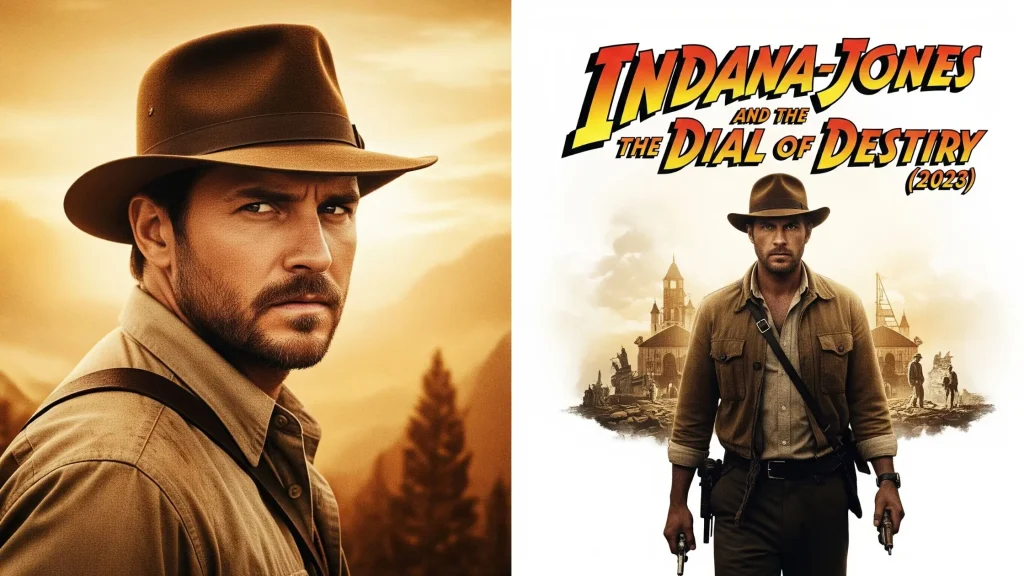As I scroll by my social media feeds lately, a thought typically crosses my thoughts: “Is the content material I’m seeing actual? Or is it AI?” Although I proudly name myself a tech head, it’s changing into tougher for me to discern between the 2. The sheer quantity and astonishing high quality of AI-generated movies flooding platforms like TikTok, Instagram, and YouTube have really reworked the that means of “user-generated content material.” It’s now not simply shaky cellphone footage or novice animations; it has turn into very hyper-realistic, with fantastical worlds created from simply your textual content prompts. The traces between what’s actual and what’s AI will not be simply blurring anymore; they’re virtually indistinguishable — nicely, kinda.
This democratisation of high-fidelity visible manufacturing is phenomenal. Anybody with a smartphone and a subscription to an AI instrument (some are free, I do know) can now create content material that, only a few years in the past, would have required a devoted studio, costly software program, and a workforce of extremely expert professionals. My very own makes an attempt, whereas nonetheless a far cry from a blockbuster, are mild years forward of what I may have produced manually. This accessibility has profound implications, not only for the person content material creator however for your entire media that exists proper now.
When your common TikToker can churn out visuals that would virtually cross for a big-budget business, what does that imply for the very definition of “studio manufacturing”? It forces us to re-evaluate what we understand as skilled high quality and, maybe extra importantly, how we confirm the authenticity of what we eat.
And it’s not simply the on a regular basis person harnessing this energy. Mainstream filmmaking has been quietly, and typically not so quietly, integrating AI into its workflows for years. The outcomes are sometimes refined, typically groundbreaking, and virtually at all times designed to boost the cinematic expertise, proving that AI is now an indispensable instrument in Hollywood’s arsenal.
Mainstream Films That Used AI in Filmmaking
Listed here are a few of the most distinguished examples of AI’s footprint in mainstream filmmaking, beginning with the newest:

Emilia Pérez (2024) – Voice Synthesis
On this musical movie, AI voice cloning software program, particularly Respeecher, was utilized to fine-tune and improve the singing voice of lead actress Karla Sofía Gascón. The know-how allowed for the mixing of her voice with that of a French singer-composer, guaranteeing she may hit sure excessive notes and preserve musical precision with out compromising her efficiency. This utility highlights how AI can function a vocal enhancement instrument, pushing the boundaries of what actors can vocally obtain on display and guaranteeing a seamless, pitch-perfect supply for musical numbers.
The Brutalist (2024) – Voice Enhancement
For “The Brutalist,” AI performed a vital function in refining the Hungarian dialogue of actors Adrien Brody and Felicity Jones. The manufacturing workforce used Respeecher to subtly modify their pronunciation, aiming for a local and genuine sound. This wasn’t about changing their voices completely however moderately enhancing the linguistic nuances and guaranteeing that their overseas language performances had been as convincing as potential, demonstrating AI’s functionality in reaching intricate linguistic perfection in movie.
Indiana Jones and the Dial of Future (2023) – De-aging
The newest “Indiana Jones” instalment famously utilized AI and cutting-edge visible results to de-age Harrison Ford for an prolonged opening sequence set in 1944. Industrial Mild & Magic (ILM) employed a fancy course of that concerned scanning in depth footage of Ford from his youthful years and mixing it with on-set efficiency seize. This allowed for a extremely convincing digital recreation of a youthful Indy, seamlessly integrating previous and current variations of the long-lasting character and sustaining narrative continuity with out recasting.
Additionally Learn: Tips on how to Get Free Entry to Google Veo 3
Prime Gun: Maverick (2022) – Voice Recreation
A poignant second in “Prime Gun: Maverick” concerned the return of Val Kilmer as Iceman. Resulting from a battle with throat most cancers, Kilmer misplaced his potential to talk. Nonetheless, AI know-how from an organization referred to as Sonantic was used to recreate his voice by analyzing hours of his previous audio recordings. This allowed Kilmer to “communicate” his traces within the movie, offering a deeply emotional and genuine continuation of his character, showcasing AI’s potential to revive and protect an actor’s distinctive vocal id.
Shang-Chi and the Legend of the Ten Rings (2021) – Face Alternative
In “Shang-Chi,” machine studying was employed for superior face substitute in intense martial arts sequences. Reasonably than merely utilizing conventional CGI overlays, AI algorithms had been skilled on the principal actors’ faces to map them onto stunt doubles. This method ensured that even in advanced, fast-paced motion pictures, the viewers at all times noticed the principle actors’ expressions and likenesses, making a extra immersive and plausible battle choreography with out compromising on efficiency.
The Irishman (2019) – De-aging
Martin Scorsese’s epic crime drama “The Irishman” pioneered superior de-aging know-how to painting its lead actors – Robert De Niro, Al Pacino, and Joe Pesci – throughout a number of a long time. Industrial Mild & Magic (ILM) developed a customized “three-headed monster” digicam rig that captured volumetric knowledge of the actors’ faces. This knowledge, mixed with an enormous library of their previous performances, allowed AI to digitally “youthify” them, enabling the narrative to span a few years with the unique forged, a feat beforehand unimaginable in filmmaking.
Past these particular examples, AI is quietly revolutionizing different elements of movie manufacturing, from aiding in script evaluation and pre-visualization to automating tedious enhancing duties and even composing musical scores. It’s serving to filmmakers make extra knowledgeable choices about casting and optimizing distribution methods by analyzing viewers knowledge.
The way forward for filmmaking, very similar to our social media feeds, is undeniably intertwined with AI. Whereas the developments are thrilling and open up unprecedented inventive prospects, in addition they spark important conversations about ethics, job displacement, and the very definition of inventive authorship. Because the traces between “user-generated” and “studio-produced” proceed to blur, pushed by more and more subtle AI, we’re coming into an thrilling but advanced new period of visible storytelling. It’s a world the place anybody generally is a filmmaker, and the one restrict is creativeness – or maybe, the capabilities of the following AI replace.


